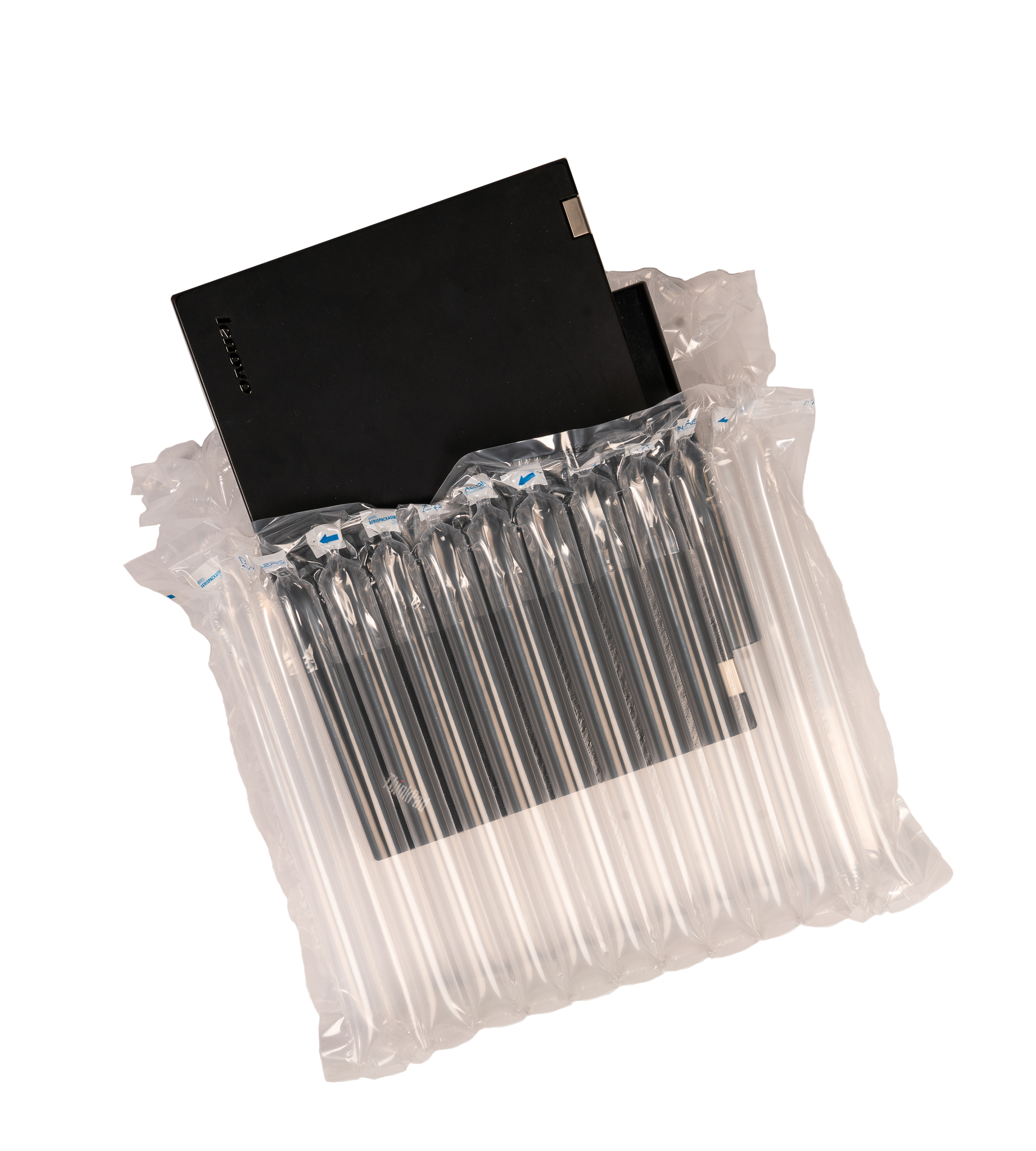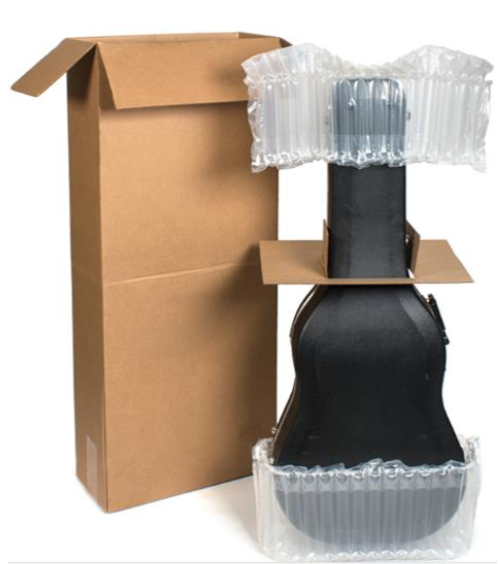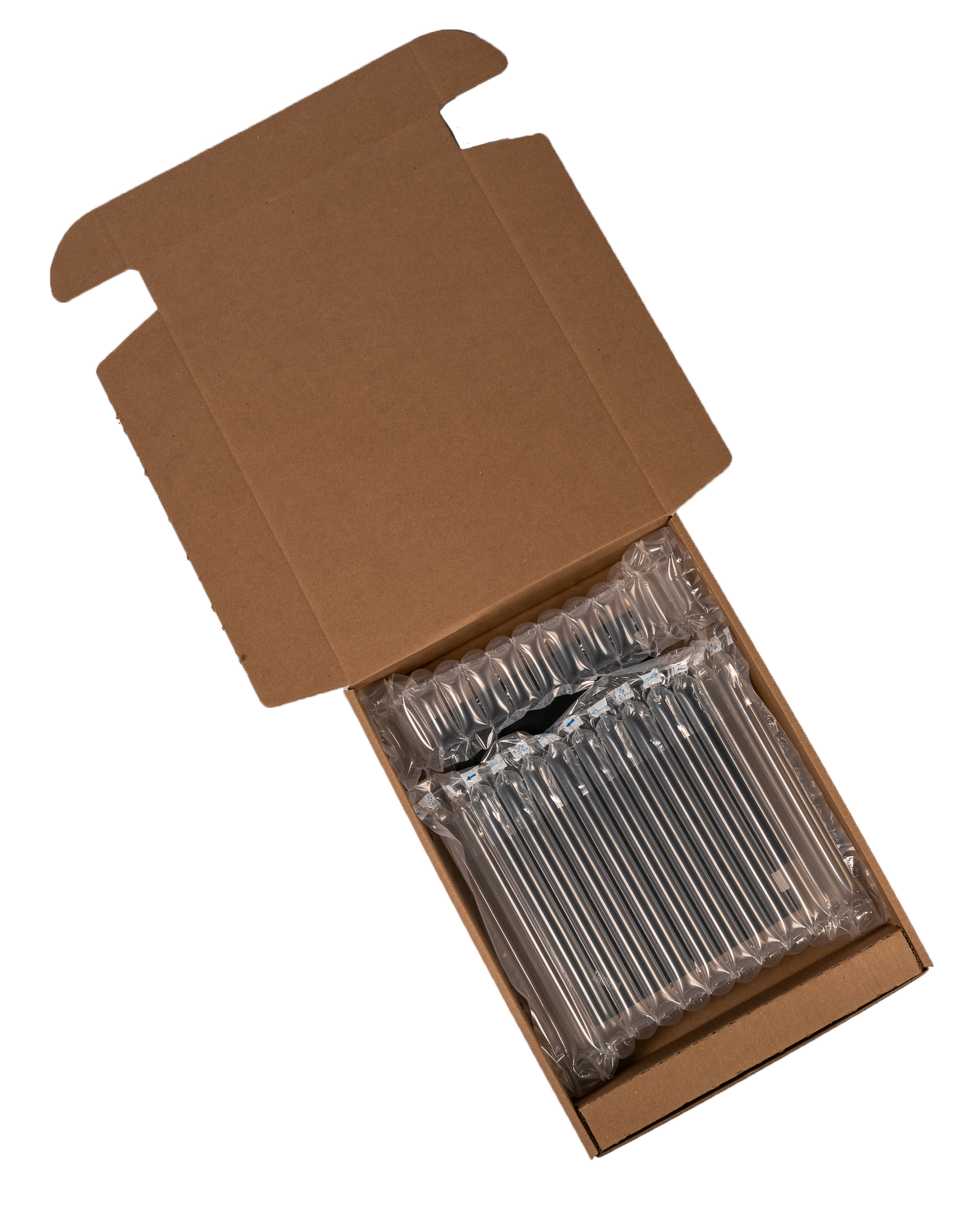By Michael Leiberman & Jeff Sazant
Aeris Protective Packaging Inc.
Global online sales activities had already been on a steady upward trajectory, however recent changes in consumer behaviors, caused primarily by the Covid-19 global pandemic, have triggered a seismic expansion of the e-commerce sector. Current “stay at home” guidelines have helped shape consumer behavior, creating new online shoppers and increasing the size of the pie even more. Even as society emerges from self-quarantine, there are strong predictions that many will continue shopping online. Virtually every imaginable product category’s online sales volume has been positively affected. One of the collateral side- effects of this phenomenon is the intensification of all facets of Reverse Logistics.
A recently published (April 28, 2020) article in Forbes Magazine asserts:
- U.S. retailers’ online year-over-year (YoY) revenue growth is up 68% as of mid-April, surpassing an earlier peak of 49% in early January.
- There’s been a 129% year-over-year growth in U.S. & Canadian e-commerce orders as of April 21 and an impressive 146% growth in all online retail orders. There is no question that the resulting increase in sales volume has been a boon for proficient online businesses and their supply chain. However, the phenomenon also serves to underscore and amplify the inherent challenges they face in maintaining and/or improving operational efficiencies. Situational adaptability has become the order of the day. The shift from brick and mortar transactions to online purchasing compels all stakeholders to reconsider their approach to effective packaging. It must now be assumed that one or more voyages during the fulfillment cycle will be performed by common carriers such as UPS, FedEx, or USPS. Whichever product is involved, the strong likelihood of it being returned to the seller must be considered. Whether the product being returned was defective on arrival, or just a matter of buyers’ remorse, responsible businesses must now factor Reverse Logistics and their related costs into their packaging calculus.
What Makes “Effective Packaging”?
Well-designed packaging takes into account a multitude of objectives. Among them:
- Robust & durable protection, suitable for multiple trips
- A positive first impression / unboxing experience
- Reduction in packaging sizes by customizing designs based on the product
- Smaller dim sizes save on inbound and outbound freight costs
- Reduction of storage space requirements before, during, and after use
- Ability to remain protective months after being packaged
- Improve packing time and efficiency
- Lightweight
- Cost relativity
- Improved packaging consistency
- 100% Recyclable
Inflatable air chamber packaging provides a multitude of benefits when compared to traditional packaging materials. No other solution checks all of the above-noted boxes.
Cost: While inflatable air chamber packaging is price competitive on its own merit, no real cost analysis or comparison can be complete without considering the many ancillary benefits the medium provides. Time and space savings, product performance, and perhaps most importantly, customer reaction must all be factored into the equation.
Lastly, a major advantage of the inflatable air chamber packaging is that the resulting box size is often considerably smaller than what was being used before. This can have a profound effect on outbound freight costs!




All Images ©2020 – Pictures provided by Aeris Protective Packaging Inc.
Doing the “right thing”: Environmental concerns have heightened the public’s scrutiny of the types of packing materials being used, while lowering their tolerance for “unfriendly” packaging such as Styrofoam, peanuts, foam-in-place, etc. Customers show disdain and some can become irate if the chosen packaging materials are not 100% recyclable! As a result, Manufacturers must demonstrate that they grasp the consumer’s tendency to “measure” their brand according to the sensibility of their packaging designs and material choices. Inflatable air chamber packaging resolves this issue entirely, in that every inflatable device is 100% recyclable and each piece is prominently marked as such. Air chamber packaging is comprised of 98% air and 2% recyclable plastic. What can be more eco- friendly?
Time is money. So is space! Inflatable air chamber packaging is incredibly compact and space efficient. It ships flat and is inflated on demand. Depending on the form factor involved, a single pallet of uninflated material can hold as many as 10,000 units. This becomes especially important when considering in-bound freight & storage costs when compared to alternative packaging & void fill products.
Time: Un-inflated materials have an unlimited shelf life. They become no less effective over time, and perform as new, many years after their manufacture or purchase date.
Packing Time: Users have reported significant time savings when using air chamber packaging. High volume operations can automate the filling process to save time and reduce labour costs. Fewer packaging assembly parts mean less assembly time and can help avoid repetitive strain disorders.
Customer ‘Unboxing’ Experiences
Providing a positive and memorable “unboxing” has become an essential part of the customer experience. Box opening videos have become a real thing, and online video reviews can be found for virtually every product imaginable. YouTube and social media sites are rife with peoples’ comments and opinions. In so many cases, the product’s outer box is opened on-camera and this becomes the source of the publics’ first impression. Products shipped inside well-designed inflatable solutions always present themselves in a consistent and repeatable fashion. But most importantly, the products arrive intact!
Warranty Repair Benefits
When product warranty service is required, it’s important that the product not sustain any additional damage on the way back to the repair/returns facility. Well-designed inflatable solutions can often be used for 4 or more legs / journeys. This makes the package far more conducive for use throughout the entire repair/replacement cycle: Out to the customer, back to facility, back to the customer, all in the same package. The product’s unrivalled durability can dramatically reduce operating costs. Easy to use packaging promotes a satisfactory client experience.
Product Strength and Durability
Inflatable air chamber packaging has several unique attributes, creating some unparalleled advantages. Firstly, each air chamber is an independent air vessel with its own check valve that self-seals. This keeps each chamber separate from the others. Should an air chamber get punctured or in any way compromised (a rare occurrence), the other chambers remain inflated, and overall protection is generally unaffected. Bubble wrap and other heat-sealed void fill materials start losing air immediately after inflation. Conversely, inflatable air chamber packaging maintains its inflation level, never losing its shape or its bulk. A well-designed
inflatable packaging solution provides unrivalled shock-absorption, mitigating damage due to drops and other rough handling. A significant feature of a well-designed system is that it works in tandem with the outer box, actually strengthening the carton. Unlike most void fills that lie loose inside the shipping carton, inflatables provide solid support from within, meaning the outer box is less prone to being crushed in transit or under a mountain of boxes at the fulfillment hub. Lastly, a major advantage of the inflatable medium is that the resultant box size is often smaller than what was being used before. This can have a profound effect on outbound freight costs!




All Images ©2020 – Pictures provided by Aeris Protective Packaging Inc.
How Organizations are Benefitting from the use of Inflatable Air Chamber Packaging
Inflatable air chamber packaging has evolved to the point where previously challenged industries have migrated to its use and now proclaim it the “gold standard”. As an example, the computer and smartphone repair and refurbishment channel has adopted inflatable air chamber packaging as their go-to packaging. The industry at large is enjoying the aforementioned benefits, including size and space efficiency, material and labor cost savings, and packaging consistency. Of course, its greatest strength is the product’s
overall protective performance in the “real world” and that less damages are sustained.
Another such example is the musical instrument industry. Guitars in particular have historically been difficult to ship safely. Guitar builders, resellers and collectors have embraced inflatable air chamber packaging as the most effective way of protecting their prized instruments. Dozens of manufacturers are now using custom-made inflatable devices as part of their OEM packaging process, all of them reporting fantastic customer response. Let’s face it; nothing reduces the Reverse Logistics’ carbon footprint better than merchandise arriving safely in the first place!
The inherent nature of Reverse Logistics demands that special attention be paid to every facet of operations, including fiduciary responsibility, smooth and efficient business practices, speedy operations, and warehouse space optimization. Perhaps the most “controllable” of all of business practices, are the choices being made when it comes to choosing packaging materials and selecting a competent and inventive packaging partner! No other packaging product “checks all the boxes” or does a better job of meeting the needs of the RLA community than inflatable air chamber packaging.


Michael Leiberman is the President of Aeris Protective Packaging Inc. Michael specializes in the engineering aspect of the business and works closely with the Aeris in-house design team. Michael also works closely with Aeris’ customers, helping the sales team achieve the best possible outcomes. Aeris services customers in Canada, USA, Mexico, Ireland and Eastern Europe.


Jeff Sazant is Director of MI (Music Industry) Sales at Aeris. A lifelong member of the Musical Instruments Product industries, Jeff has helped forge Aeris’ entry into the Music sector, with over 20 brands now using Aeris’ products. Additionally, Jeff heads up Aeris’ Automotive category and is involved in many Special project initiatives.
